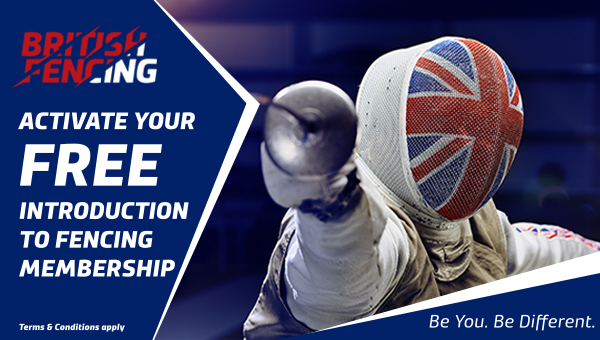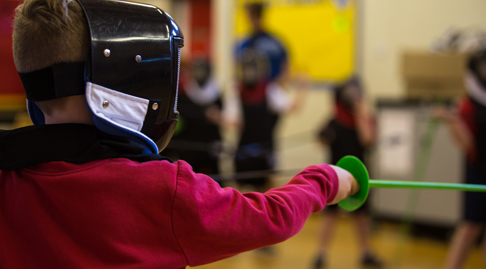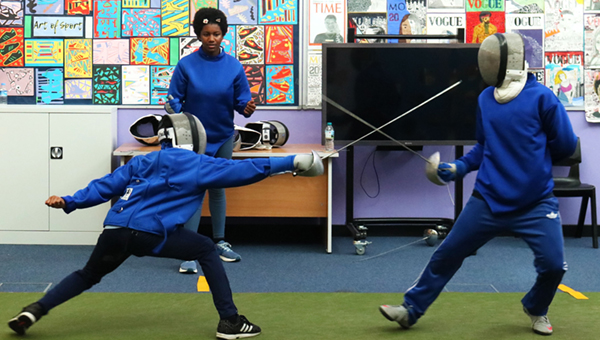Originally devised at Stoke Mandeville Hospital in the UK, the sport then known as competitive wheelchair fencing was first introduced in 1953 and has been a Paralympic sport since Rome in 1960. Popular in Europe since its inception, the sport is now practiced in 73 countries worldwide.
While wheelchair fencing is static, in that athletes’ chairs are clamped to the piste, the amount of movement demonstrated by fencers in matches is incredible, and creates a dynamic, fast paced sport that rivals standing fencing for speed, power, and athleticism.
You don’t have to have a disability or an impairment to do wheelchair fencing but there are eligibility criteria and a classification process if you wish to compete in certain types of competitions.
Paralympic and International Eligibility
There are certain wheelchair fencing events which include those events held under the auspices of the International Federation (IWAS) or the Paralympic Games where an international classification is required before an athlete is eligible to compete. These events are often referred to as ‘para fencing’ events.
If you have an impairment to your lower limbs, or an impairment to balance, and are unable to fence on an equal footing with non-disabled athletes, you may be eligible to compete in para fencing events. Not all impairments are eligible for classification.
National Eligibility
There are some National competitions where classes/categories compete separately (ie not in an Open Competition or open category). For these athletes must first have a National classification to establish which Category they are eligible to compete in.
Classification
There are three classifications within wheelchair fencing; currently only athletes in category A or B compete in the Paralympic Games, but International World Cup and Satellite events cater to all three categories. There are a number of events and competitions in the British Fencing calendar, including the British Open Championships, which allow those not yet classified to compete on the national circuit. Those wishing to gain national level classification are able to do so at some of these events.
- Category A incorporates those athletes with good balance and recovery, and full trunk movement.
- Category B those with poor balance and recovery but full use of one or both upper limbs.
- Category C athletes with a physical impairment in all four limbs.
Not all impairments are eligible for classification.
Rules
World Ability Sport (IWAS) uses the rules of the Federation Internationale D’escrime (FIE) for wheelchair fencing. IWAS additions to the FIE rule book include regulations regarding the use and position of the wheelchair and the fencer’s clothing and equipment.
Back to the GBR Para Fencing Zone
Last updated 18/08/2023















